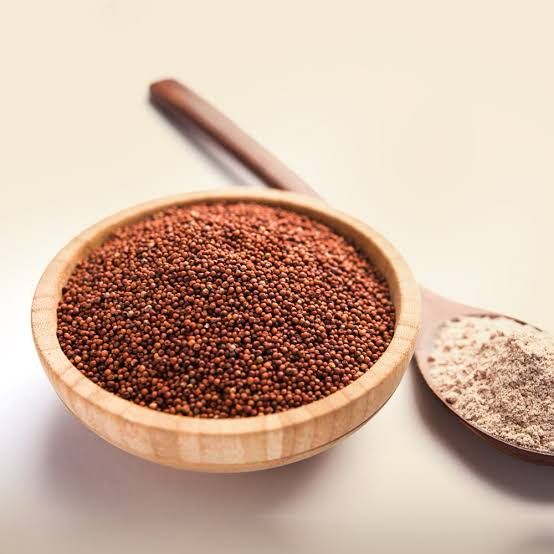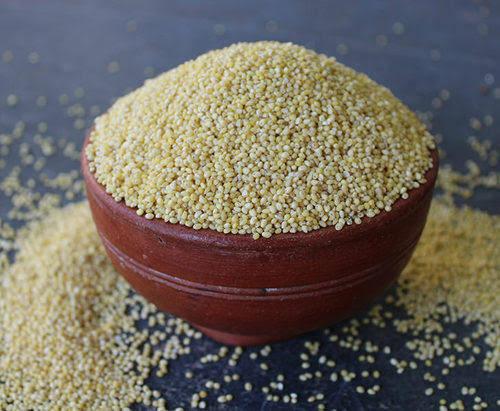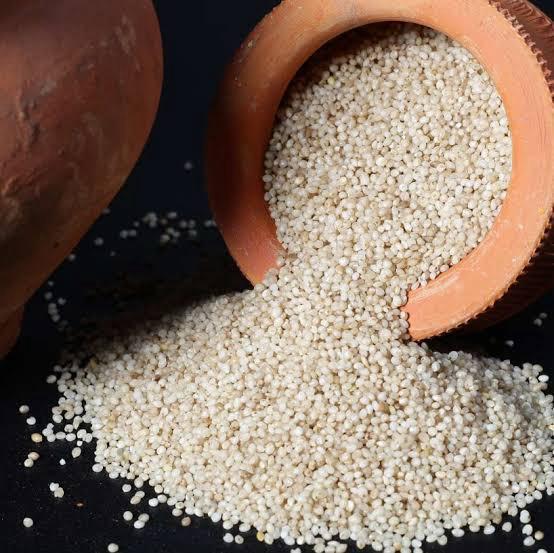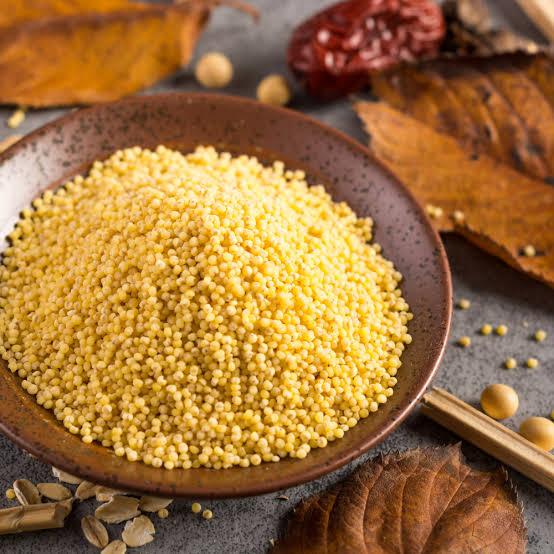Millets are a diverse group of ancient grains that have been cultivated for thousands of years, particularly in Asia and Africa. Renowned for their resilience, millets thrive in challenging climates and poor soils, making them a sustainable crop choice. These small-seeded grains, including varieties like pearl millet, finger millet, and foxtail millet, are packed with nutrients, offering high levels of protein, fiber, vitamins, and minerals.
Gluten-free and versatile, millets can be used in a wide range of dishes, from traditional porridges to modern baked goods. As interest in healthy and sustainable eating grows, millets are emerging as a key player in promoting dietary diversity and food security. Their rich history and nutritional benefits make millets an important staple for the future.
** BENEFITS OF MILLETS .
Millets offer numerous health and environmental benefits, making them an excellent addition to any diet:
•Nutritional Value: Millets are rich in protein, dietary fiber, vitamins (such as B vitamins), and minerals (including iron, magnesium, and phosphorus), promoting overall health.
•Gluten-Free: Being naturally gluten-free, millets are a safe alternative for individuals with celiac disease or gluten intolerance.
•Low Glycemic Index: Millets have a low glycemic index, which helps regulate blood sugar levels, making them suitable for diabetics.
•Digestive Health: The high fiber content aids digestion, promotes gut health, and helps prevent constipation.
•Weight Management: Millets can promote satiety due to their fiber content, aiding in weight management.
•Heart Health: The presence of healthy fats, fiber, and antioxidants in millets can support cardiovascular health.
•Versatile Culinary Uses: Millets can be incorporated into a variety of dishes, from porridge and salads to bread and snacks.
By including millets in your diet, you can enjoy their health benefits while also supporting sustainable agriculture.
** MILLETS BENEFICIAL FOR DISEASES-:
•Diabetes: With a low glycemic index, millets help regulate blood sugar levels, making them suitable for people with diabetes. Their high fiber content also aids in controlling blood sugar spikes.
•Heart Disease: Millets are rich in antioxidants, fiber, and healthy fats, which can lower cholesterol levels and reduce the risk of heart disease.
•Obesity: The high fiber content promotes satiety, helping with weight management. Incorporating millets into meals can reduce overall calorie intake.
•Digestive Disorders: The fiber in millets supports digestive health, preventing constipation and promoting a healthy gut microbiome.
•Anemia: Millets, especially finger millet, are high in iron and can help combat iron-deficiency anemia when included in a balanced diet.
•Bone Health: Millets are rich in calcium and other minerals that support bone density and overall skeletal health, potentially reducing the risk of osteoporosis.






**NAMES OF MILLETS-
•Pearl Millet (Bajra): Widely grown in Africa and India, it’s known for its high protein and fiber content.
•Finger Millet (Ragi): Rich in calcium and iron, it is popular in South Indian cuisine.
•Foxtail Millet (Kangni): Known for its high antioxidant content, it’s commonly used in various dishes.
•Proso Millet (Panicum miliaceum): Often used in birdseed, it is also consumed by humans in some regions.
•Barnyard Millet (Sanwa): Rich in fiber and minerals, it is often used in fasting diets in India.
•Little Millet (Kutki): Small seeds that are highly nutritious and often used in porridge and snacks.
•Great Millet (Kodo Millet): Known for its health benefits, particularly in managing diabetes and digestive health.
These millets vary in flavor, texture, and nutritional profile, making them versatile options for various culinary applications.
** HOW MUCH MILLETS CAN YOU CONSUME IN A DAY ??
The recommended daily intake of millets can vary based on individual dietary needs, activity levels, and health goals. Generally, a portion of about 1/2 to 1 cup of cooked millet per meal is a good guideline.
For most adults, consuming 1 to 2 cups of cooked millets throughout the day can be beneficial. It’s important to balance millets with other grains and foods to ensure a well-rounded diet. If you’re introducing millets for the first time, start with smaller amounts and adjust based on how your body responds. Always consider consulting a healthcare professional or nutritionist for personalized advice.
** ARE MILLETS GOOD FOR SKIN HEALTH??
Millets can be highly beneficial for skin health due to their rich nutritional profile. They are packed with antioxidants that help combat oxidative stress, reducing signs of aging. Additionally, millets are a good source of essential vitamins and minerals, particularly B vitamins, iron, and magnesium, all of which play a crucial role in maintaining healthy skin. Their high fiber content promotes digestive health, which can enhance skin hydration and appearance. Furthermore, some millets possess anti-inflammatory properties that may help alleviate skin conditions such as acne and eczema. Overall, incorporating millets into a balanced diet can support skin health and contribute to a radiant complexion.
In conclusion, millets are a powerhouse of nutrition and a versatile addition to any diet. Their health benefits, including support for digestive health, heart health, and skin vitality, make them an excellent choice for promoting overall well-being. As we continue to seek sustainable food sources, millets stand out not only for their resilience in challenging growing conditions but also for their rich cultural heritage. Embracing millets can contribute to a healthier lifestyle while supporting sustainable agricultural practices for the future.
Manushree Kaushik
MSc(Nutrition)

Comments are closed.